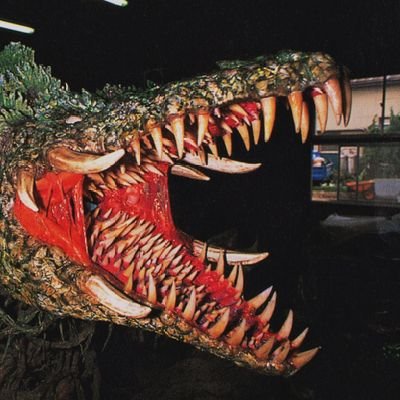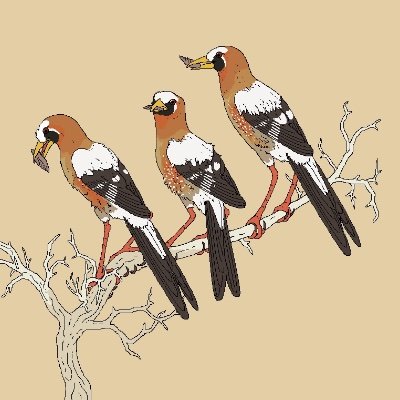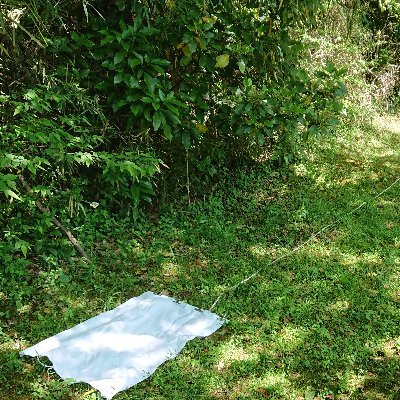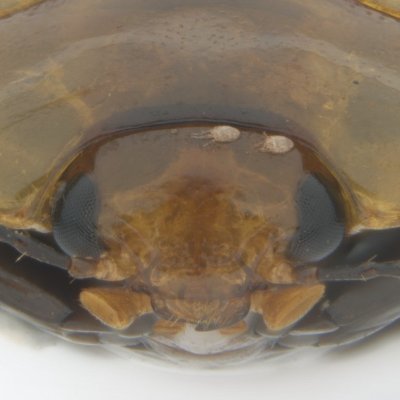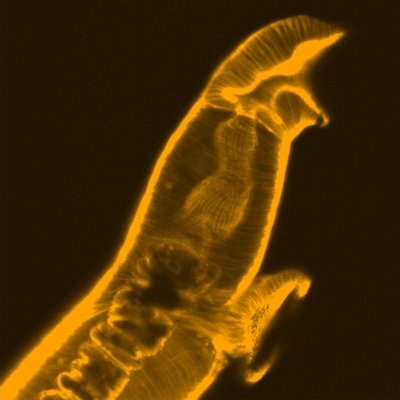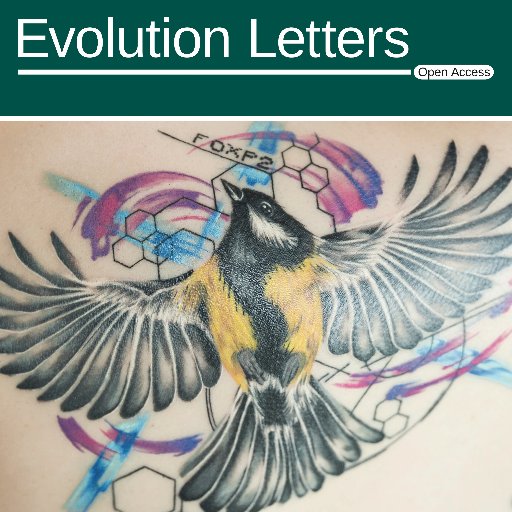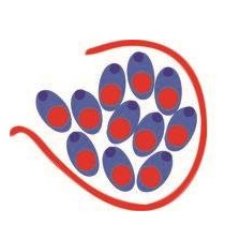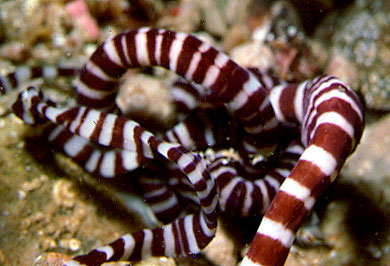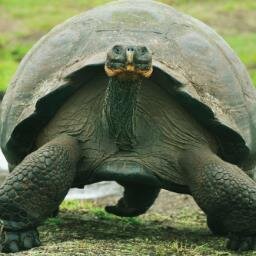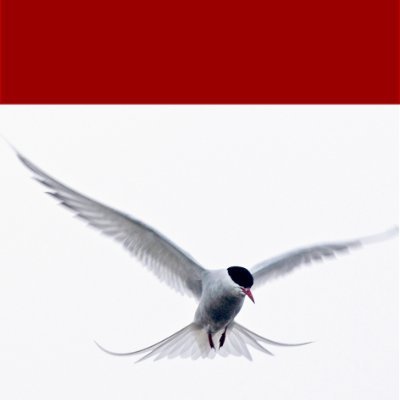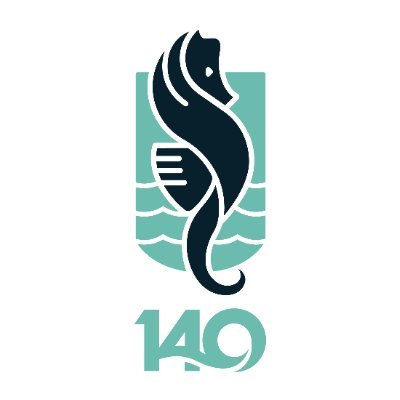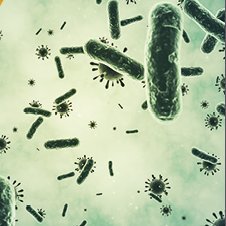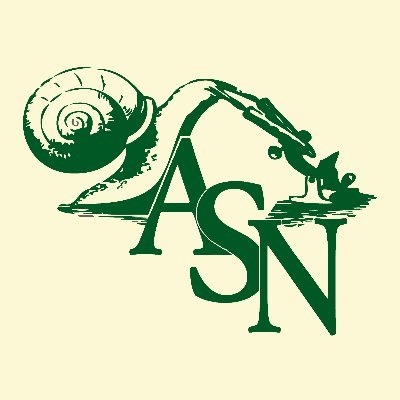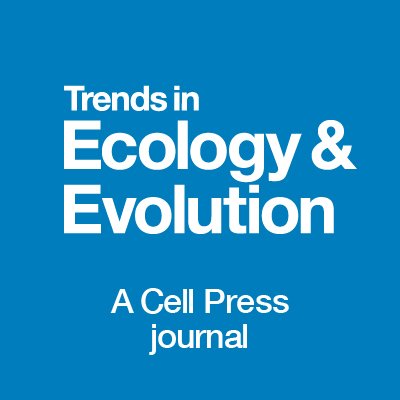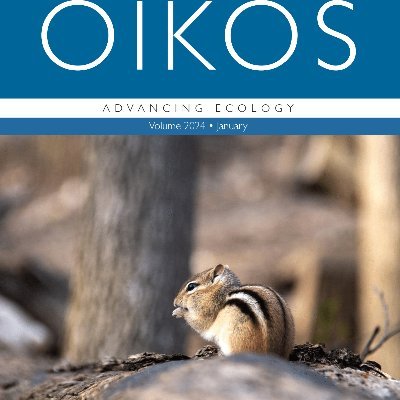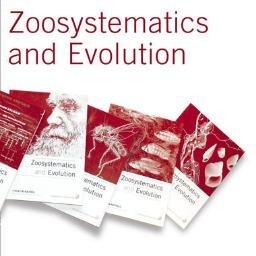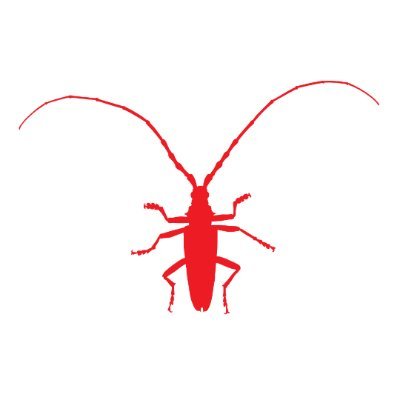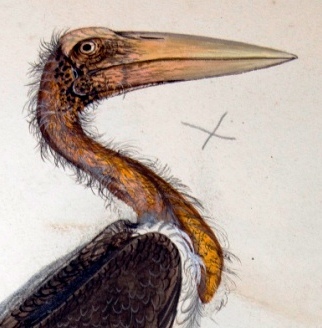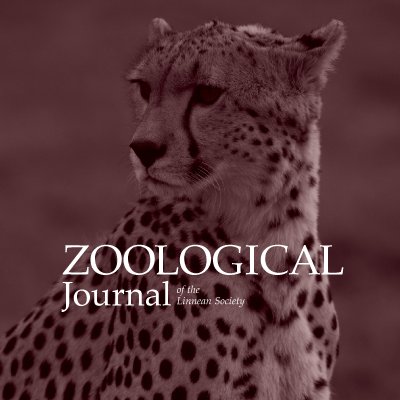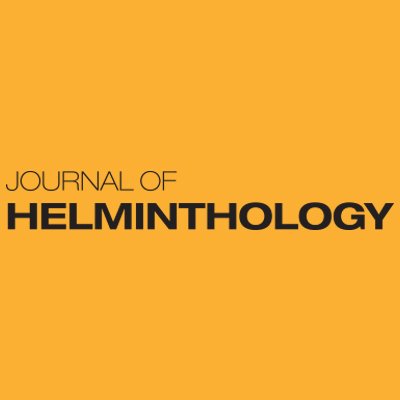
Journal of Helminthology
@JHelminthologyParasitology journal (Est. 1923) publishing research articles & reviews on all aspects of helminth biology. (Publisher: @CambridgeUP) Tweets by @The_Episiarch
Similar User

@ParasiteJournal

@TrendsParasitol

@AS_Para

@parazitologiecz

@BAVet_Parasitol

@GlobalParasito1

@ParasitologyELS

@HPI_network

@JnlParasitology

@par_papers

@parasitesrule

@crevicedwelling

@AmSocParasit

@WiParasitology

@pauliomcveigh
Originally established in 1923, Journal of Helminthology publishes research and review articles on all aspects of helminth biology, including their taxonomy, ecology, and medical or veterinary importance. cambridge.org/core/journals/…
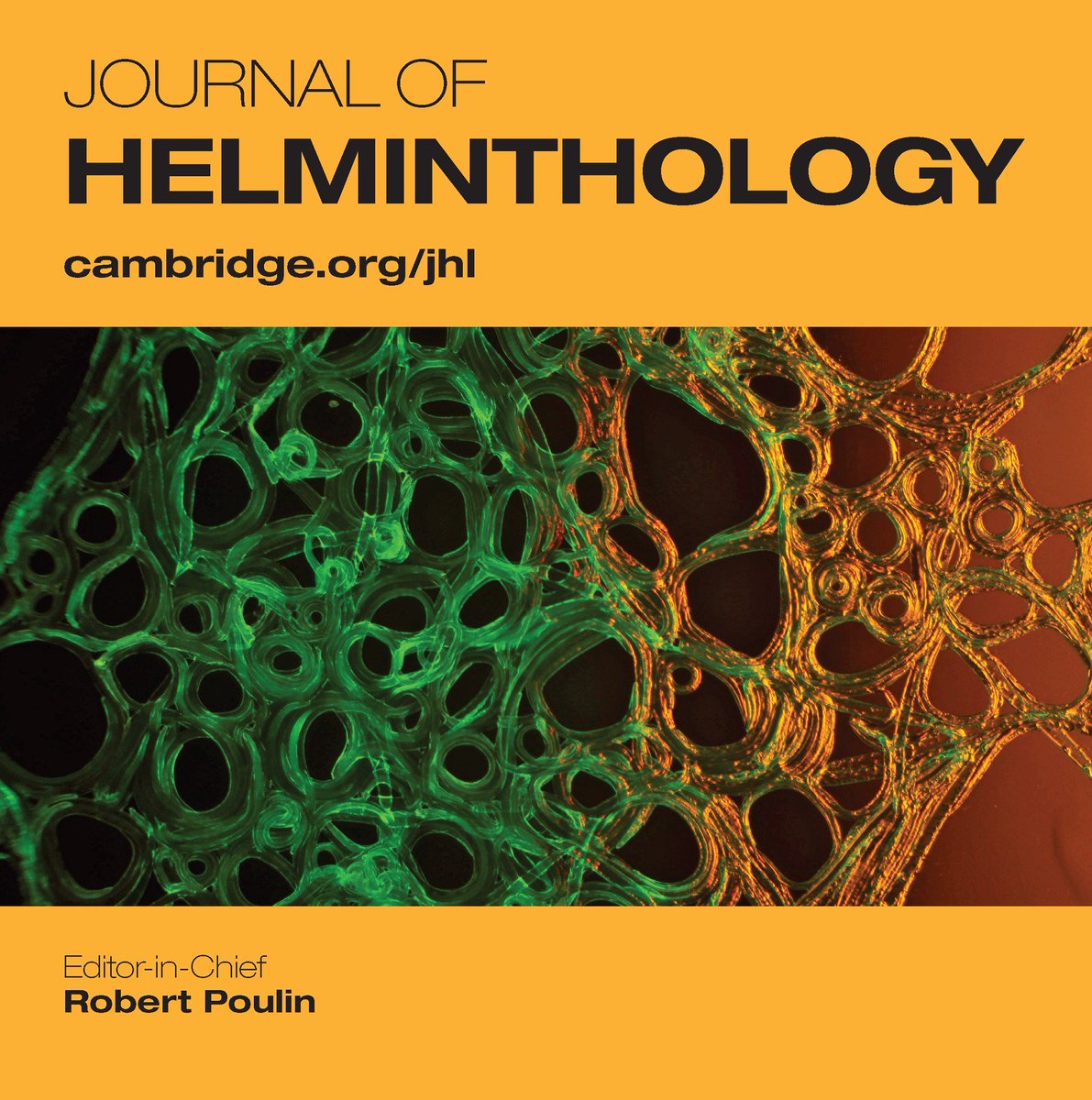
Steinernema yirgalemense is an entomopathogenic nematode which can be used as biological control against a range of insect pests. This paper describes the population dynamics of worms grown in glass bioreactors using powdered egg yolk as a protein source. cambridge.org/core/journals/…

New flukes just dropped! And it's two newly described species of Maritrema which have been found in the guts of the great black hawks (Buteogallus urubitinga), the laughing gull (Leucophaeus atricilla), and the willet (Tringa semipalmata). #WormWednesday cambridge.org/core/journals/…

The ecology and evolutionary history of an animal can also affect the evolution of its parasites. This study examined the phylogeny and morphologies of molineid nematodes from frogs in Brazil, and how these parasites might have coevolved with their hosts cambridge.org/core/journals/…

Oscheius cyrus is a nematode that usually live in moist forest soil. But in this study, researchers gave it some wax moth larvae, as a treat, and found that it is also capable of infecting insects when the opportunity arises #WormWednesday cambridge.org/core/journals/…

Haemonchus is a blood-feeding nematode also known as "barber's pole worm", and it can cause significant disease in livestock. This study looked at hybridization of different Haemonchus species in sheep co-infected with two species of these worms cambridge.org/core/journals/…

This paper is about two species of tapeworms which have been described from the granulated guitarfish. Both of the tapeworms belong to the Rhinebothriidea and are notable for the intricate scolices which they use to cling to their host's intestinal wall. cambridge.org/core/journals/…

Here's a worm that literally ❤️ mullet. Mugilitrema labowskiae is a newly described species of blood fluke which lives in the heart of white mullet Mugil curema. Heavy infection with this fluke can cause thickening of the heart muscles. #WormWednesday cambridge.org/core/journals/…

For #WormWednesday here's Rhabdias megacephala - a newly described species of nematode that lives in the lungs of Boie's frog (Proceratophrys boiei). It was found in frogs that were living in the forests of Marumbi State Park, Paraná State, Brazil cambridge.org/core/journals/…

New flukes just dropped! This study reports on trematode parasites in the faucet snails Bithynia tentaculata. In total, the study found 10 species of flukes: 7 as cercariae free-swimming larvae and 3 as metacercariae cysts, all but one are new to science cambridge.org/core/journals/…

The specials for today are...Cercariae! While they are a bane for the animals they infect, these free-living stages of flukes are eaten by a wide range of other organisms in the environment. This review paper provides an overview on this phenomenon. cambridge.org/core/journals/…

Phasmarhabditis hermaphrodita is a nematode which is used as biological control for snails and slugs. But there are other Phasmarhabditis species out there which are less well-studied. This paper reports on a method for raising these nematodes ex vivo. cambridge.org/core/journals/…

Ascaridia galli is a nematode worm that causes disease in chickens and turkey. In heavy infections, they may even end up in the bird's eggs. This paper describes an automated method for detecting and counting Ascaridia galli eggs in chicken faeces. cambridge.org/core/journals/…

Schyzocotyle acheilognathi is an invasive fish tapeworm which is found in >300 species of fish around the world. In Australia, they are found in introduced fish species such as goldfish, koi, and mosquito fish and it may present a threat to native fishes. cambridge.org/core/journals/…

With >920 species, Hymenolepididae is an extremely speciose family of tapeworms. When researchers examined the phylogeny of hymenolepids from mammalians hosts, they found that these tapeworms have switched hosts between rodents and shrews multiple times. cambridge.org/core/journals/…

Taenia crassiceps can undergo asexual proliferation in their intermediate hosts - while convenient, it has its drawbacks. This study found that after years of being maintained through serial passages in lab mice, these tapeworms developed abnormalities. cambridge.org/core/journals/…

The Areolate grouper (Epinephelus areolatus) is commonly found in coral reefs of the Indo-Pacific region, and is a commercially important species. This study looked at the parasite communities of this fish in Javanese and Balinese waters cambridge.org/core/journals/…

Spirometra erinaceieuropaei is a tapeworm that can use a range of animals as paratenic hosts, including fish, frogs, and snakes. This study investigated the prevalence of Spirometra larvae in snakes from the Hunan province in China. #WormWednesday cambridge.org/core/journals/…

This study examined how environmental and host variables have shaped the tapeworm communities of blue sharks (Prionace glauca) at different locations. Researchers found that tapeworm composition varied by location and were constrained by host specificity. cambridge.org/core/journals/…

This study looked at the tapeworm communities of shrews from four islands in the Sea of Japan and the Sea of Okhotsk. The diversity of tapeworms on each island relates to the island's history, geographical features, and the presence of potential hosts. cambridge.org/core/journals/…

Mermithid nematodes usually parasitise terrestrial arthropods such as insects and spiders, but the species reported in this paper infects a marine crustacean. And not just any crustacean, but a tanaidacean in the genus Zeuxo #WormWednesday cambridge.org/core/journals/…

United States Trends
- 1. CASSANDRA 33,6 B posts
- 2. Kyrie 9.466 posts
- 3. #SmackDown 113 B posts
- 4. Caleb Love 1.746 posts
- 5. Jamal Murray 2.130 posts
- 6. Jokic 14,2 B posts
- 7. #LasVegasGP 74,3 B posts
- 8. Naji 4.920 posts
- 9. Lively 8.921 posts
- 10. Klay Thompson 3.233 posts
- 11. Khalid 34,7 B posts
- 12. Nuggets 30,1 B posts
- 13. CM Punk 32,4 B posts
- 14. Franco 76,6 B posts
- 15. Checo 21,9 B posts
- 16. Pierre Gasly 1.663 posts
- 17. Westbrook 4.557 posts
- 18. PJ Washington 1.640 posts
- 19. Cooper Flagg 1.901 posts
- 20. Duke 36 B posts
Who to follow
-
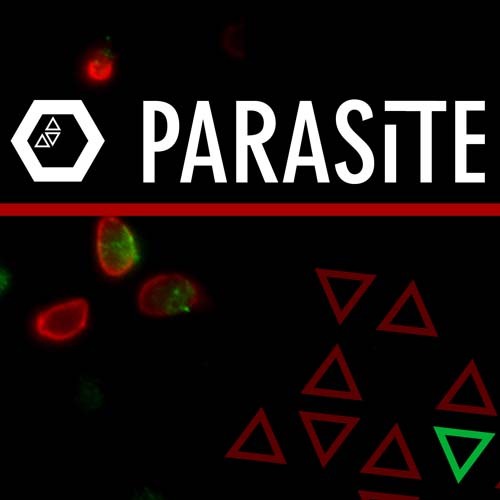 Parasite - The Journal
Parasite - The Journal
@ParasiteJournal -
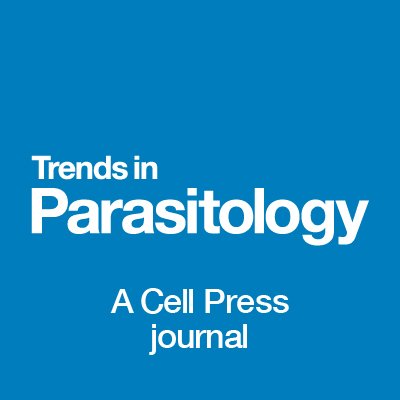 Trends in Parasitology
Trends in Parasitology
@TrendsParasitol -
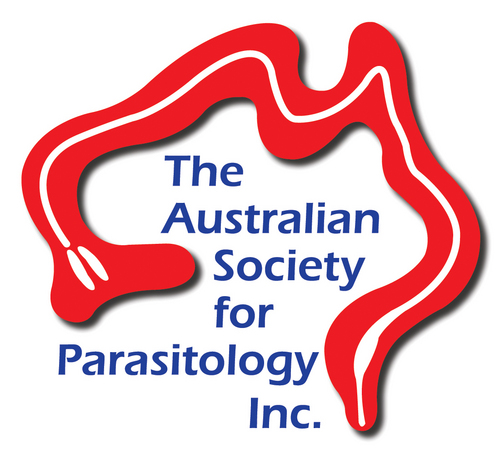 Aust Soc for Para
Aust Soc for Para
@AS_Para -
 Czech Society for Parasitology
Czech Society for Parasitology
@parazitologiecz -
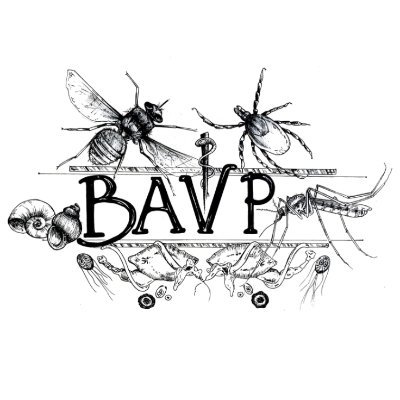 British Association for Veterinary Parasitology
British Association for Veterinary Parasitology
@BAVet_Parasitol -
 Global Parasitologist Coalition
Global Parasitologist Coalition
@GlobalParasito1 -
 ELS Parasitology & Entomology
ELS Parasitology & Entomology
@ParasitologyELS -
 Host-Parasite Interactions
Host-Parasite Interactions
@HPI_network -
 ParasitologyJnl
ParasitologyJnl
@JnlParasitology -
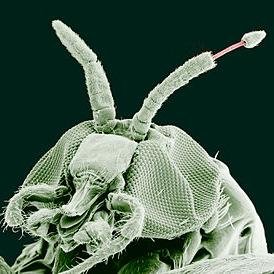 Parasitology papers
Parasitology papers
@par_papers -
 parasitesrule
parasitesrule
@parasitesrule -
 invertebrate
invertebrate
@crevicedwelling -
 ASP-Parasitologists
ASP-Parasitologists
@AmSocParasit -
 Women In Parasitology
Women In Parasitology
@WiParasitology -
 Paul McVeigh
Paul McVeigh
@pauliomcveigh
Something went wrong.
Something went wrong.





























